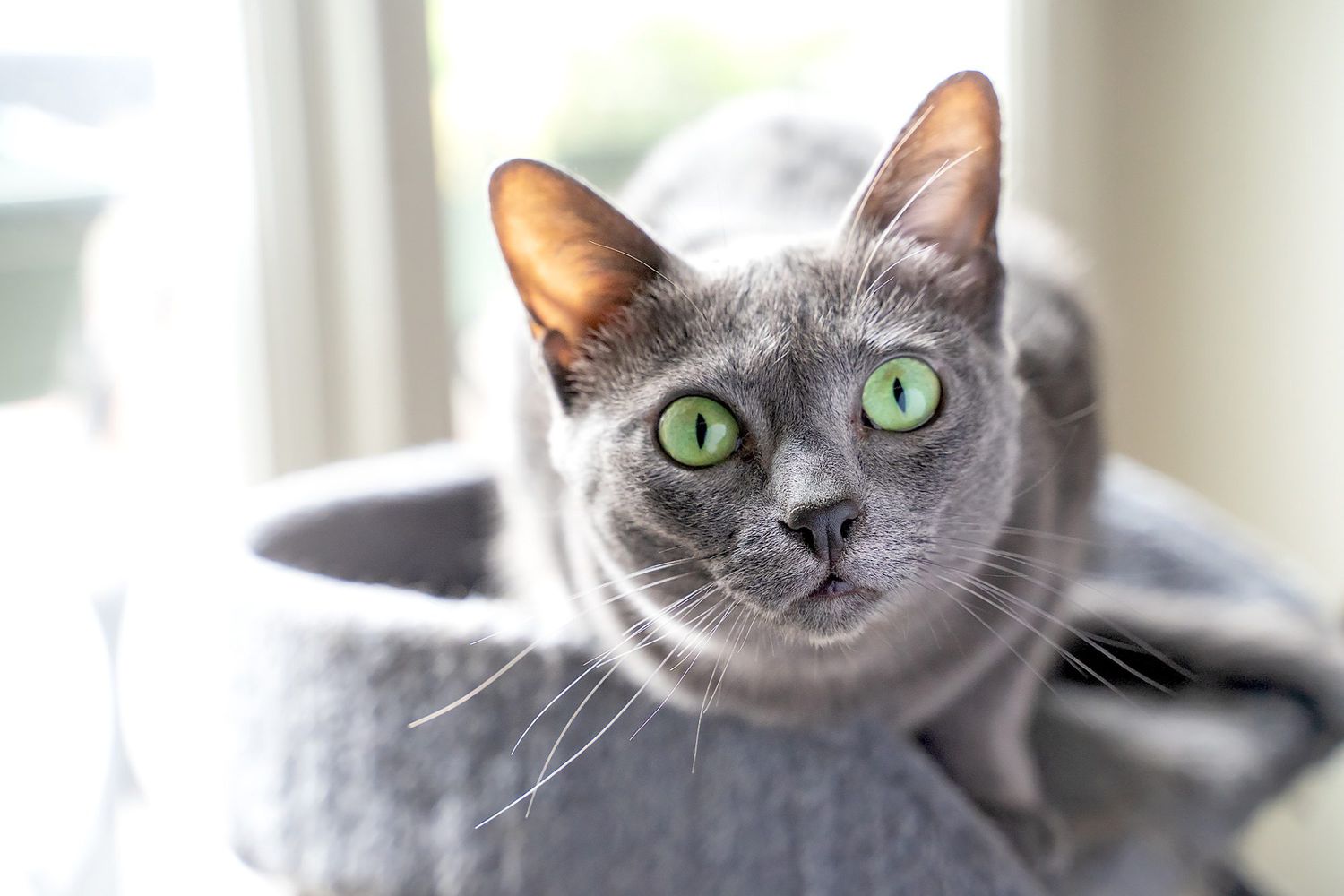Cat Litter Innovations: What's on the Horizon?
Cat Litter Innovations: What's on the Horizon?
Blog Article

Cat litter and litter boxes play an essential role in the lives of both felines and their owners. From the humble beginnings of sand and soil to the innovative developments these days, the world of cat litter has actually evolved considerably. In this detailed guide, we dive into every element of cat litter and litter boxes, exploring their history, types, advantages, challenges, and whatever in between.
The history of cat litter dates back centuries, with ancient civilizations using sand, soil, and even ashes as primitive litter materials. However, it wasn't until the mid-20th century that modern cat litter as we understand it emerged. In 1947, Edward copyright introduced the world's first commercial cat litter made from absorbent clay, transforming the way cats relieved themselves indoors. Ever since, cat litter has undergone numerous transformations, with the introduction of clumping litter, silica gel litter, biodegradable options, and more.
Today, feline owners are ruined for option when it concerns choosing the best litter for their feline companions. Traditional clay litter remains popular for its affordability and efficiency in soaking up smells. Clumping litter, which forms solid clumps when wet, simplifies cleaning and upkeep. Silica gel litter, made up of highly absorbent silica crystals, offers superior smell control and durability. Biodegradable options, such as recycled paper, wood pellets, corn, and wheat, interest ecologically mindful consumers.
Each type of cat litter provides unique benefits. Clay litter stands out in its ability to absorb moisture and control smells, making it a trusted option for numerous cat owners. Clumping litter streamlines everyday scooping and extends the time between total litter changes. Silica gel litter provides extraordinary smell control and can last longer between replacements. Eco-friendly litters use a sustainable alternative that minimizes ecological impact.
While cat litter enhances indoor feline health, it is not without its difficulties. Dust from clay litter can pose breathing dangers for both felines and people, prompting the appeal of dust-free alternatives. Some felines might develop litter box hostility due to issues with texture, aroma, or cleanliness, necessitating experimentation with different litters and box setups. Multi-cat homes might require tactical litter box placement and regular maintenance to avoid territorial conflicts and ensure all felines cat litter alternatives have access to clean centers.
Selecting the suitable litter box is essential for promoting favorable litter box habits and total feline well-being. Aspects to consider consist of size, accessibility, and style preferences. Covered litter boxes offer personal privacy and assistance include smells, but some felines may find them restricting or intimidating. Open-top litter boxes use easy gain access to and presence but might result in more litter scatter. Automatic self-cleaning litter boxes enhance maintenance but need regular monitoring and maintenance.
Proper litter box upkeep is vital for guaranteeing a tidy and welcoming environment for both cats and their owners. Daily scooping eliminates waste promptly, lessening smell and preventing litter box hostility. Regular litter replacement, usually every 1-2 weeks, avoids bacterial buildup and cat litter box preserves optimum absorbency. Thorough cleansing with moderate detergent and water, avoiding severe chemicals that might deter cats from utilizing package, should be performed monthly.
Cat litter and litter boxes play a central function in cultivating a healthy and harmonious relationship between cats and their human buddies. With a varied selection of litter options and litter box Covered Litter Boxes designs offered, feline owners have the versatility to customize their choices to fit their felines' choices and family needs. By understanding the development, types, benefits, and difficulties of cat litter and litter boxes, family pet owners can supply their feline friends with a comfortable and hygienic indoor environment.